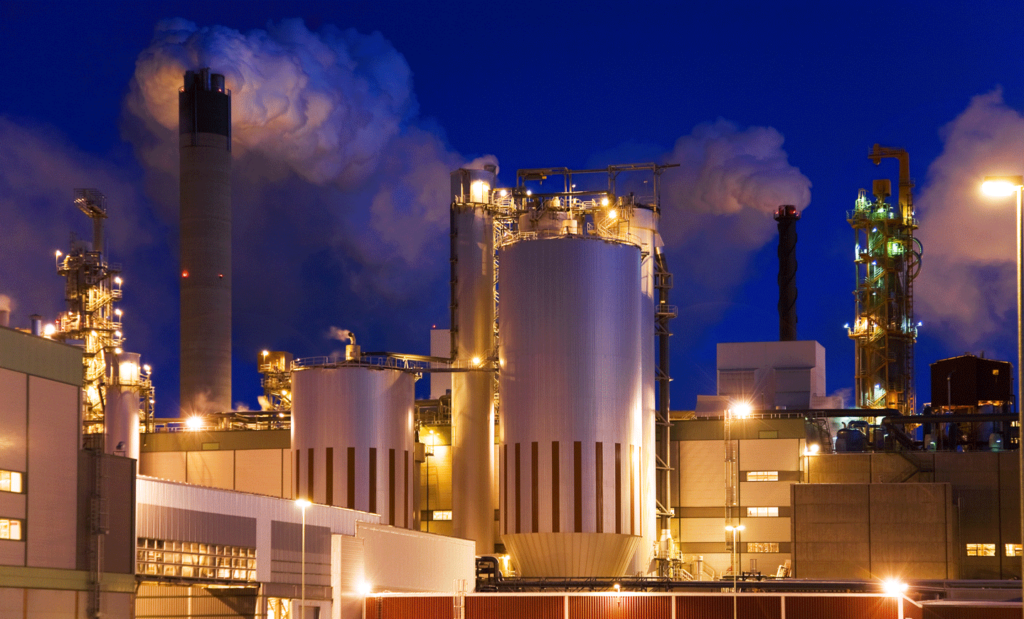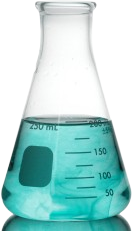CURE Chemicals in Industrial Manufacturing
A PULP & PAPER MANUFACTURER FINDS OPERATIONAL EXCELLENCE THROUGH CURE
Maintaining competitiveness in the pulp & paper industry requires operational excellence in manufacturing, starting with consistent steam quality and pressure. Gradiant helped our client resolve systemic operational issues and consistently achieve their desired performance metrics by adopting a comprehensive water treatment strategy.
Fast Facts
Location: Africa
Application: Boiler Systems
Solution: Boiler System Treatment
Industry: Pulp & Paper
Feedwater Source: Demineralized Water
CURE Chemical: Boiler Water Program
The Challenge
A large pulp & paper mill faced significant operational challenges throughout the manufacturing process stemming from their aging boiler water system, consisting of three high-pressure water tube boilers. The demineralized (DM) water treatment system leaked hardness and excess sodium into the feedwater scheme. Consequently, the system was prone to mineral scaling and caustic gouging, leading to suboptimal performance or, in worst-case scenarios, tube failures and other safety risks. Compounding the performance shortfall was iron deposits arising from the condensate return system in the aging boilers. There were substantial issues to remedy — enter Gradiant.
The Solution
Gradiant conducted a comprehensive system audit of the water and steam systems to gain a complete perspective on the status of boiler operations. One of the key recommendations from the audit was to establish a new set of operating best practices for the DM system to ensure it performed at specification. The team developed a customized program with a comprehensive blend of CURE Chemicals, including oxygen scavengers, internal treatment, and condensate treatment formulae.
The Benefits
Immediately upon implementation, the plant mitigated the high thermal loading of the boilers due to mineral scaling, and reduced iron deposits and corrosion in the dryer drums and condensate system. Sample monitoring quantified that iron levels decreased 10X from over 400 ppb to less than 40 ppb, improving performance, steam quality, and equipment longevity. The Gradiant team is working with the client to maintain the treatment program during continuous operation of the boilers and the program is delivering impressive results — the system has experienced zero tube failures in over three years. Furthermore, at each planned downtime event and boiler inspection, there has been no evidence of deposition, confirming the well-passivated water-side condition of the boilers.
Impact Stats
>90%
reduction in iron levels
>3 YEARS
of operational stability
ZERO
unplanned downtime by eliminating tube failures
UP TO 5%
reduction in fuel costs







